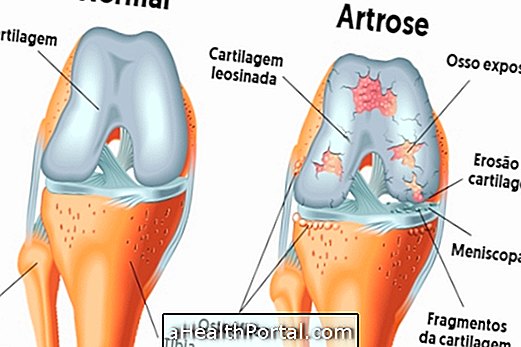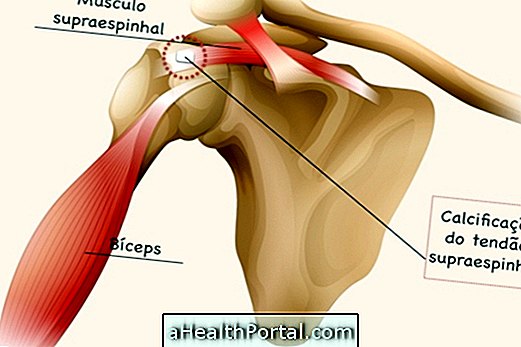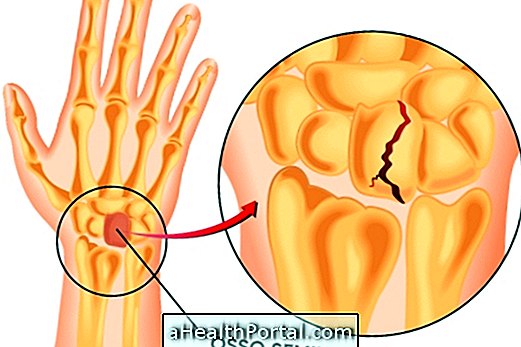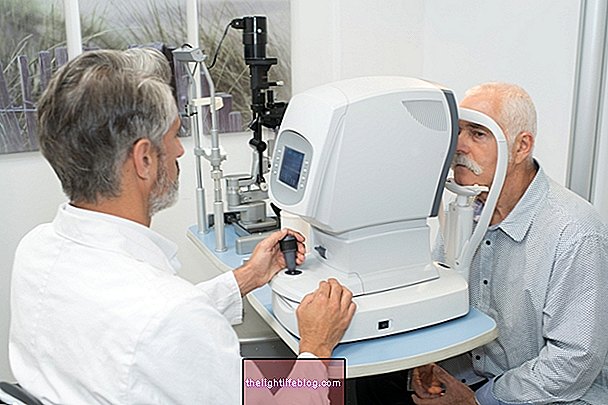There are many researches on the best treatment for osteoarthritis in the knees, hands and hip, however, the complete cure has not yet been discovered because there is no single form of treatment that can quickly eliminate all symptoms. However, when the treatment of arthrosis is well targeted, it can significantly improve the individual's life, bringing relief of pain and improvement of movement.
Thus, even with internal deformities the person may not present any symptoms, which for some may represent the 'cure' of arthrosis, for others it may simply be the absence of symptoms.
Osteoarthritis is a degenerative disease where changes in the structure of the affected joint happen. It is internally deformed due to bone remodeling and inflammation. The repair that the body tries to do at the joint is slow, and there is a need for treatment indicated by the orthopedic doctor or rheumatologist.

What are the chances of osteoarthritis
Osteoarthritis does not always get worse over time, because the process of remodeling and healing attempt happens continuously within the joint, but to enhance its effects treatment is recommended. Thus, what can be expected after a diagnosis of arthrosis is:
- Osteoarthritis of the hands: It is easier to be controlled and usually the person stops showing symptoms after a few weeks or months, although the joints may appear thicker or swollen for the rest of the life. When the base of the thumb is affected, there may be persistence of symptoms when performing pincer movements with the fingers.
- Knee Arthrosis: It varies greatly from one person to another, especially the type of severity and its weight, because being overweight contributes to the worsening of arthrosis in the knees. About 1/3 of affected people find symptoms improved after a few months of treatment, but should maintain a lifestyle in which all factors that aggravate arthrosis are avoided.
- Hip arthrosis: Although some people are completely without symptoms, and without changes in the Ray examination, this is the type of arthrosis with worse prognosis, because this is a joint that supports the weight of the body, being difficult to control the symptoms. Many people do not find enough relief in medications and physical therapy, and are indicated for placement of a prosthesis to replace the affected joint, about 5 years after the onset of symptoms.
Some factors that can influence severity and decrease the chances of osteoarthritis cure are other conditions such as anxiety, depression and social isolation. Thus, in addition to the specific treatment for osteoarthritis, it is also recommended to take care of emotional health, seeking to solve the fears, anguish and emotional pain to have a lighter and more satisfied life.
Treatments for Arthritis
The treatment of osteoarthritis may vary according to the affected site and the complaint presented by the individual but in general, it is recommended:
- Analgesics, anti-inflammatory drugs, infiltrations with corticosteroids: Diclofenac sold as Cataflan, diethylamine salicylate sold as Reparil, Strontium ranelate sold as Protelos, Osseor, or glucosamine, chondroitin and MSM, in addition to sucupira in capsules;
- Physiotherapy should be done preferably every day, with the use of features such as appliances to decrease pain and improve joint function. The strengthening of the involved muscles should be started as soon as the pain subsides and is essential to protect the joint from further damage;
- Surgery to place a prosthesis to replace the affected joint may be indicated in the most severe cases, but due to the scars and possible adhesions that may arise, the patient will have to remain undergoing physical therapy for a few more months after surgery.
In addition, it is important to maintain good habits such as eating a balanced diet and drinking plenty of water, but it is also important to strengthen the muscles and joints under the guidance of a physical educator or physiotherapist.
























